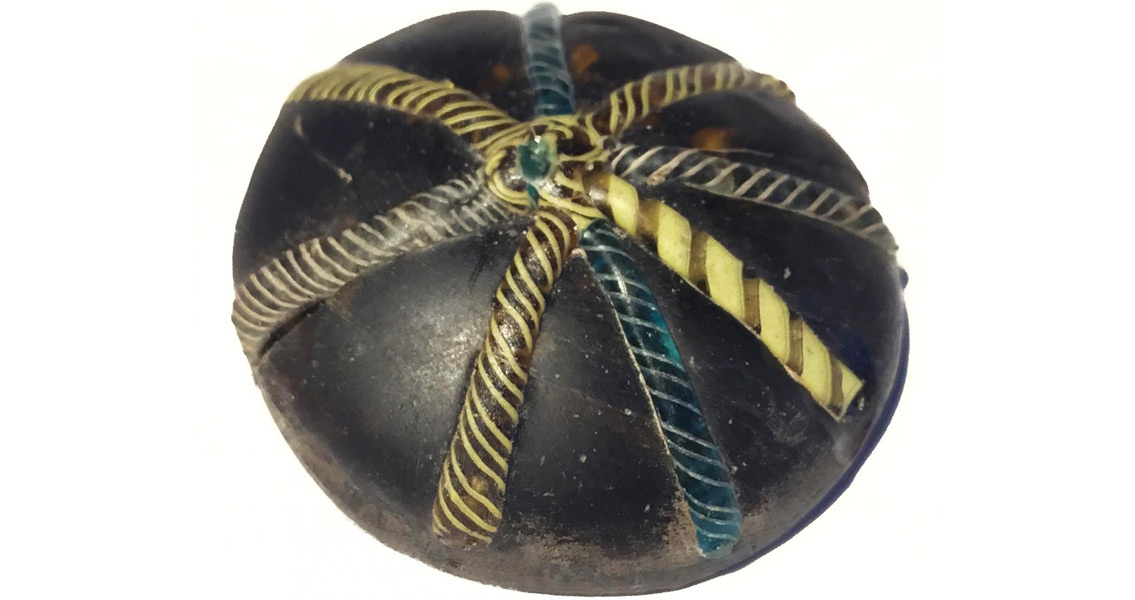<![CDATA[In one of the most startling archaeological finds of its kind, a long-abandoned island bearing Anglo-Saxon artifacts has been rediscovered in the vicinity of Louth, Lincolnshire. Discovered at Little Carlton, the island was stumbled upon by Graham Vickers, a local metal detectorist who found an ornate silver stylus in a turned-over plough field. Vickers reported the find to Dr. Adam Daubney, the Portable Antiquities Scheme’s Finds Liaison Officer for Lincolnshire. Once the find had been properly documented, the site of the discovery was descended upon by the authorities; initial investigations yielded more than 20 more styli, a treasure trove of dress pins numbering in the hundreds, and a small tablet, made of lead, which bore the telltale marks of a common Anglo-Saxon name: Cudberg. Along with the discovery of the tablet, a hoard of coins dating to the seventh and eighth centuries were also unearthed. Known as “Sceattas,” these coins helped to reinforce the evidence that the previously undiscovered site was from the Middle Saxon period. Once the initial treasures were unearthed, a team of researchers from the Department of Archaeology at the University of Sheffield was invited to Little Carlton to conduct detailed magnetometry and geophysical surveys to gain a better understanding of the surrounding landscape. Thanks to the use of 3D modeling, the island as it might have looked hundreds of years ago began to take shape. Using geophysical and topographical data, university scientists Dr. Hugh Willmott and doctoral student Pete Townend were able to create a digital model complete with what the island would have looked like when it was surrounded by water during the seventh and eighth centuries. In a University of Sheffield press release, Dr. Willmott stated that the international archaeology community owes a massive debt to Vickers for reporting the remarkable find to the Portable Antiquities Scheme. Many less responsible metal detectorists might not have participated in the voluntary program, robbing archaeologists around the world of such an important and noteworthy site. Vickers’ honesty has likely earned him the gratitude and admiration of countless researchers. University students have been hard at work in the days since, opening a total of nine trenches to evaluate the site on an even more detailed level. Revelations as to what it would have been like to live and work on the island have been many, including the supposition that the site seems to have been either a center for trade or even a monastic settlement. Discoveries include a large number of butchered animal bones and an impressive collection of pottery dating to the Middle Saxon period; even more noteworthy is an area of the island that bears telltale marks of an industrial work site. Dr. Willmott said he was honored to have been invited to explore and study the unique archaeological site, as it allowed the University of Sheffield to reinforce its ties to the local community – something the university has prided itself upon, especially when it comes to “understanding our shared pasts,” the archaeologist added. Image courtesy of the University of Sheffield]]>
Island Dating to Anglo-Saxon Period Rediscovered
